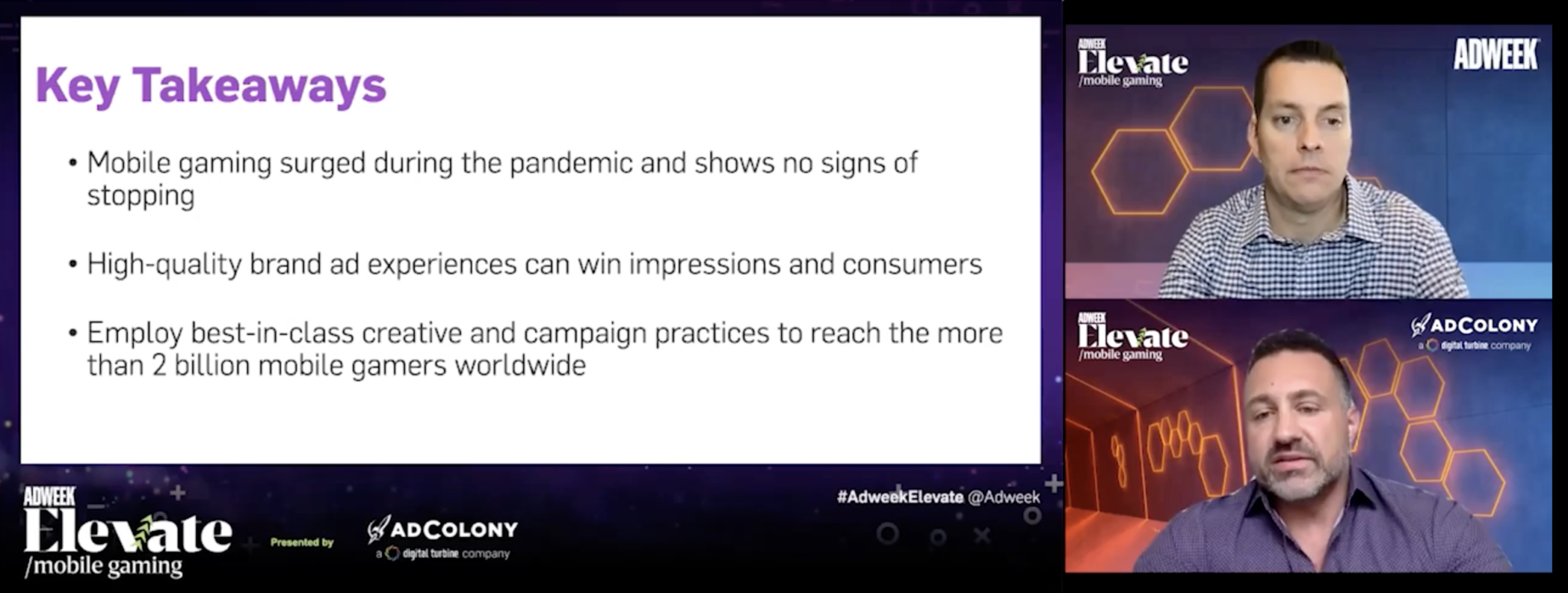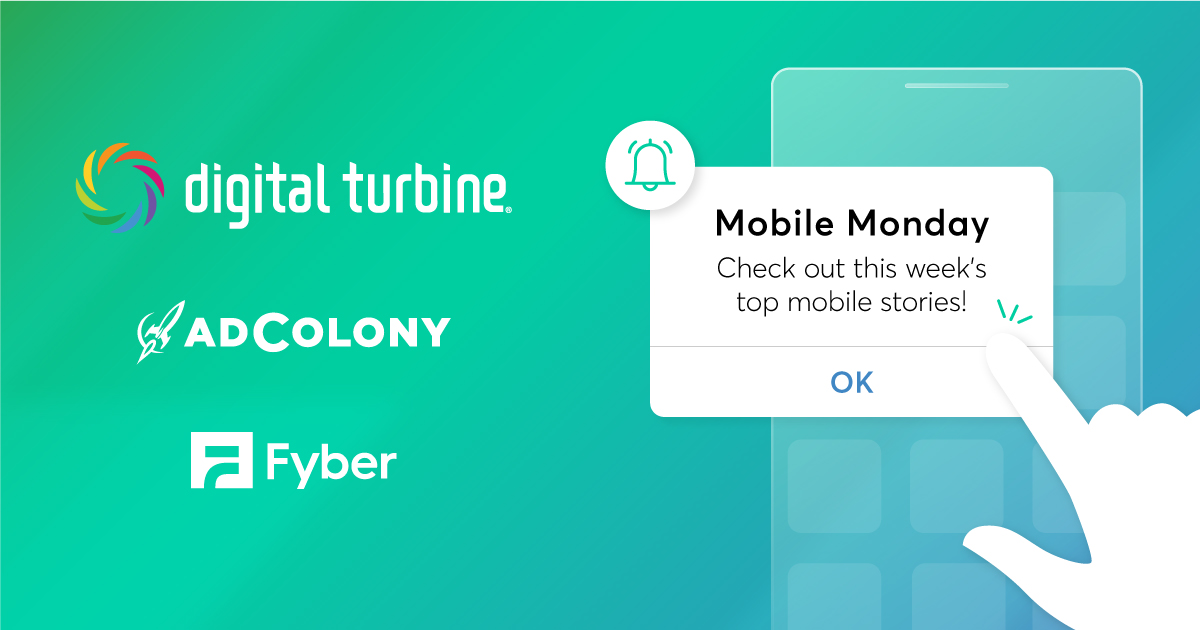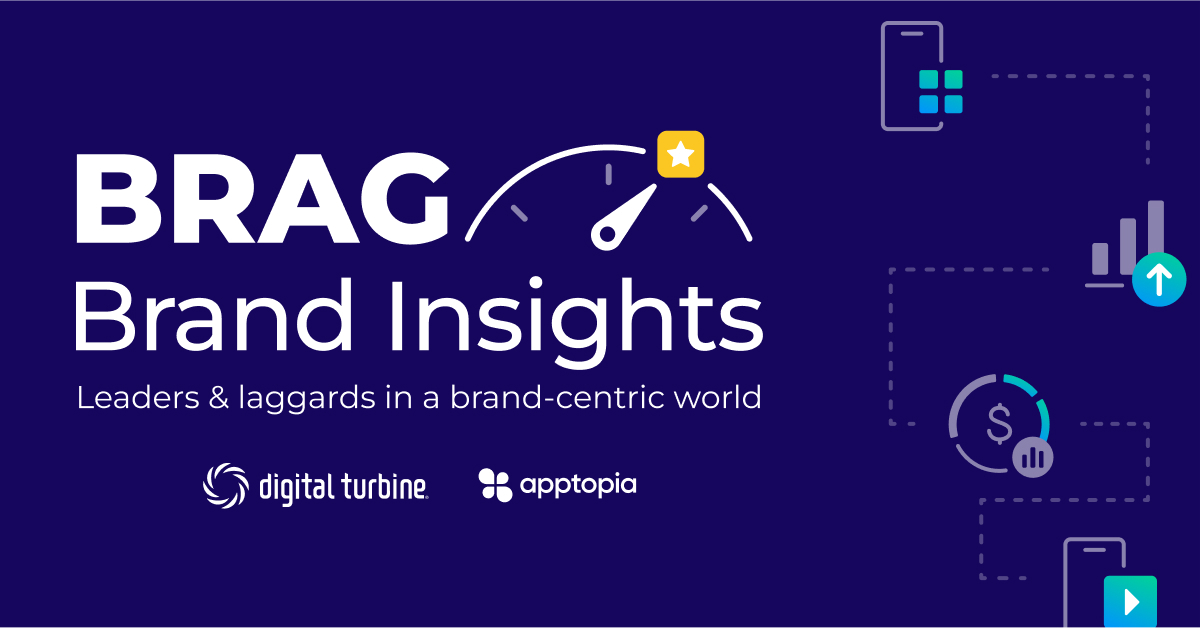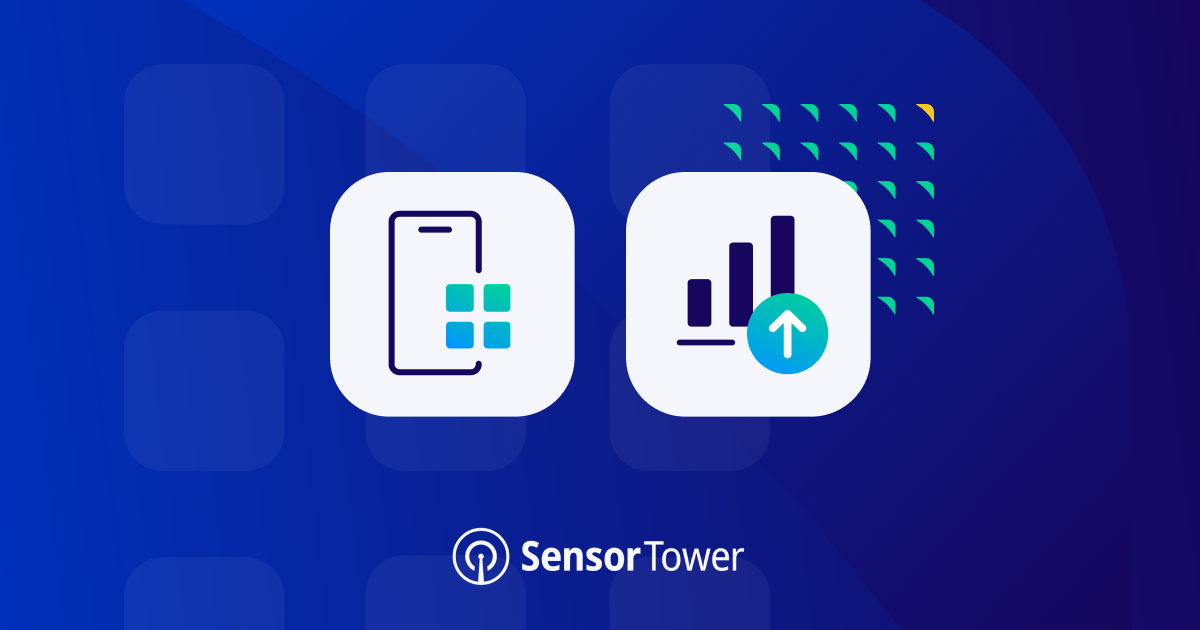Earlier this month, over 200 attendees gathered for Adweek’s Elevate Mobile Gaming event, hearing the POV on the $77.2 billion mobile gaming industry from speakers in our industry. From new insights from Deloitte to Nestle’s approach to esports to how Vans and Roblox are building a Metaverse strategy, the virtual event was all about cultivating a robust ecosystem for consumers and brands.
With such an emphasis on what the future holds, we were pleased to have our own Jude O’Connor there to discuss what he sees coming for mobile gaming. Below are highlights from his talk with Matt Steinmetz from Adweek – Get in the Game: Emerging Opportunities for Mobile Advertisers.

Mobile gaming surged during the pandemic and shows no signs of stopping
While many expected the use of mobile gaming to drop as the workforce was forced to stay home, thus removing all those “micro-moments” where they often played games, such as during a commute or while waiting in line to buy lunch. Jude, however, did not – and he was right! Mobile gaming grew (nearly as much as streaming video) because consumers were seeking entertainment. And, he noted, as we’ve begun to return to “normal,” mobile gaming has kept all the same momentum. More than a third (36%) of people say they are playing more games today than before the pandemic.
Brands have realized the value of the mobile gaming audience
Historically, he noted, Fortune 500 brands have hesitated when it came to mobile gaming: First, because of some technology hurdles around measurement, but also because of preconceived notions of who mobile gamers are. He said that there’s been a stigma that people have about gamers being young, unmotivated, with low HHI that stems from the console gamer stereotype and has been transported into the mobile world. But it couldn’t be further from the truth:
- The average mobile gamer actually skews female, and a significant number are in their 30s, 40s, and 50s.
- They are 2X more likely to have a 4-year college degree, and most are working professionals.
- They are 37% more likely to come from an HHI ($85k+), and 66% identify themselves as the primary decision-maker of that household.
Because of the diversity of the mobile gaming audience and the diversity of types of games (e.g., Strategy, RPG, Puzzle, Casino), Jude remarked that media buyers could take a similar approach to buying in mobile games as they have done traditionally: Creating a media plan that allows them to hit the target audience you’re looking for. For example, knowing that women skew higher in puzzle, mind strategy, and match-3 games, you’d include those in your plan if you’re targeting women.
High quality brand ad experiences can win impression and consumers
To help the audience understand the power of user-initiated video, Jude gave the common example of going to ESPN to check sports scores or YouTube to see commentary on the game from the day/night before. All you want to do is watch this quick video, but you’re forced to watch a pre-roll advertisement. “It could even be a brand I like, but if they’re forcing me to watch that ad, it’s a negative moment,” he said. What’s unnerving is that the negative moment isn’t isolated to the publisher; it’s also for the brand itself.
However, with user-initiated video, the user is invited into the ad experience, and they know it’s in exchange for value. Jude used the example of the airport:
Say you’re at your gate early and have some time on your hands. You want to go online, so you open your laptop and see that you can pay $12.95 for wifi, or you can watch a video from the sponsor and get 30 minutes free. That is a positive brand moment because they are granting us access to the very thing that we are seeking at that moment.
Jude O’Connor, CRO, AdColony
In mobile gaming, when the user chooses to watch an ad to get to the next point in the game, it’s the same concept: They are granted access to the very thing they are seeking. Brand recall is ten times as effective when the user is in that positive state, he said. “Brands should test it if they haven’t already because those who have tested it – are going deeper with it,” he concluded.

Mobile gaming is preparing us for a cookie-less future
As the lines between brand and performance started to blur, brands started measuring their buys with more performance-based metrics. In the past, a successful brand buy was one that showed up on all the “right” places (i.e., premium sites) and that got enough clicks to meet KPIs.
In today’s environment, however, we can see viewability, video completion rates, even invalid traffic rates. In-app advertising currently provides many of the additional metrics that will become even more important as cookies go away. Mobile games allow you to advertise in an already mature environment that is not cookie-based, so it prepares you for tomorrow and gives you an idea of what that cookie-less future will look like.
About Adweek Elevate Mobile Gaming
You can check out the entire video recap on Adweek’s own recap here. Mobile gaming revenue grew to $77.2 billion in 2020, and Newzoo predicts this spend to grow to over $100 million by 2023. The opportunities are limitless. Mobile gaming experts and marketing pros joined Adweek the first of September to discuss how to cultivate a robust ecosystem of offerings for consumers and brands, and what the future may hold.
Join the Conversation
What did you think of the event? What experiments in mobile games are you ready to run with your next campaign? Tweet us at @AdColony. For the latest AdColony mobile news and updates, follow @AdColony on Twitter, like us on Facebook, or connect on Linkedin.
- Highlights from GDC: Hosted Panel on UA and App Monetization - March 30, 2022
- Recap: Adweek’s Elevate Mobile Gaming - September 13, 2021
- Reaching Gamers on Mobile – Digiday Gaming Advertising Forum Recap - April 16, 2021



